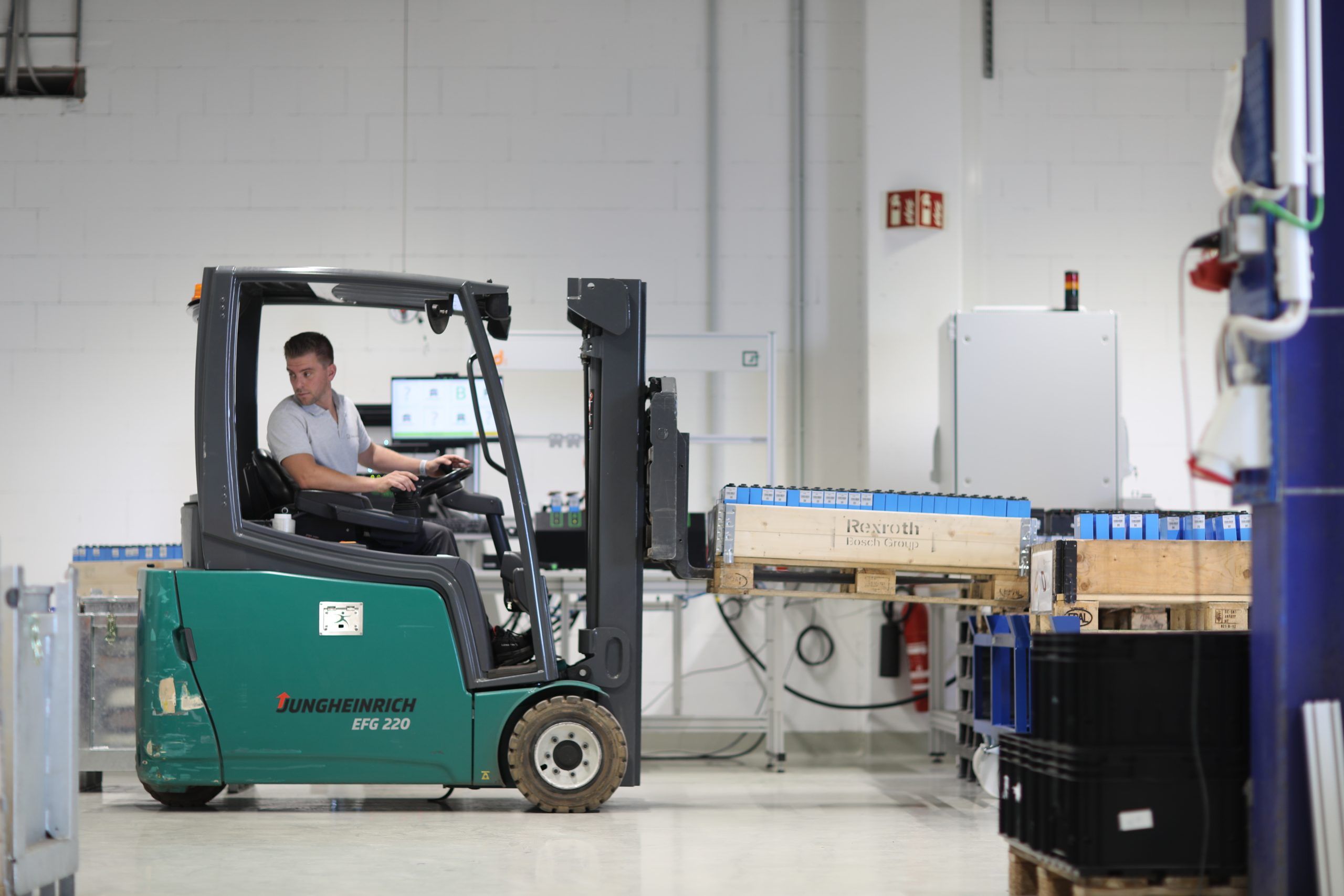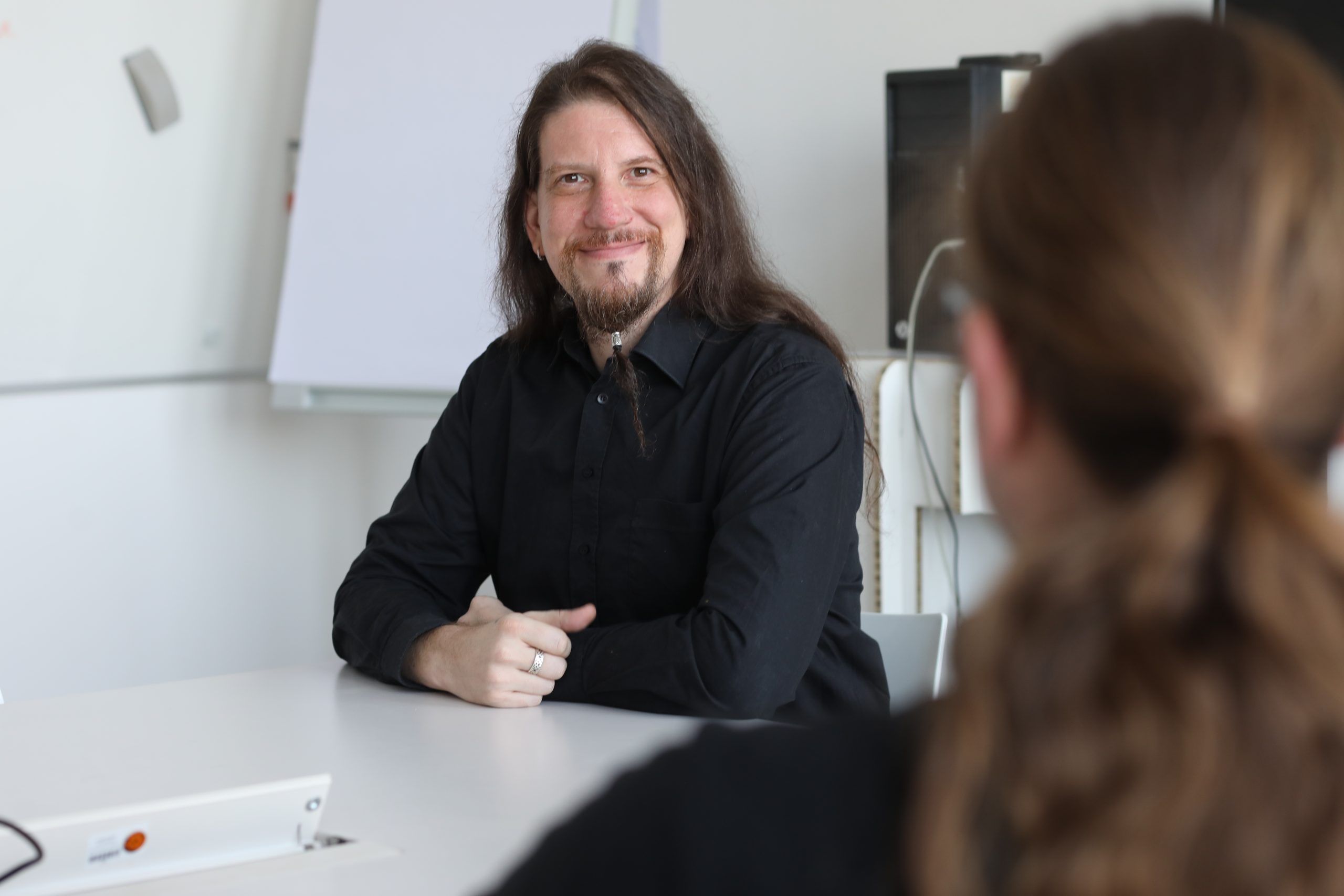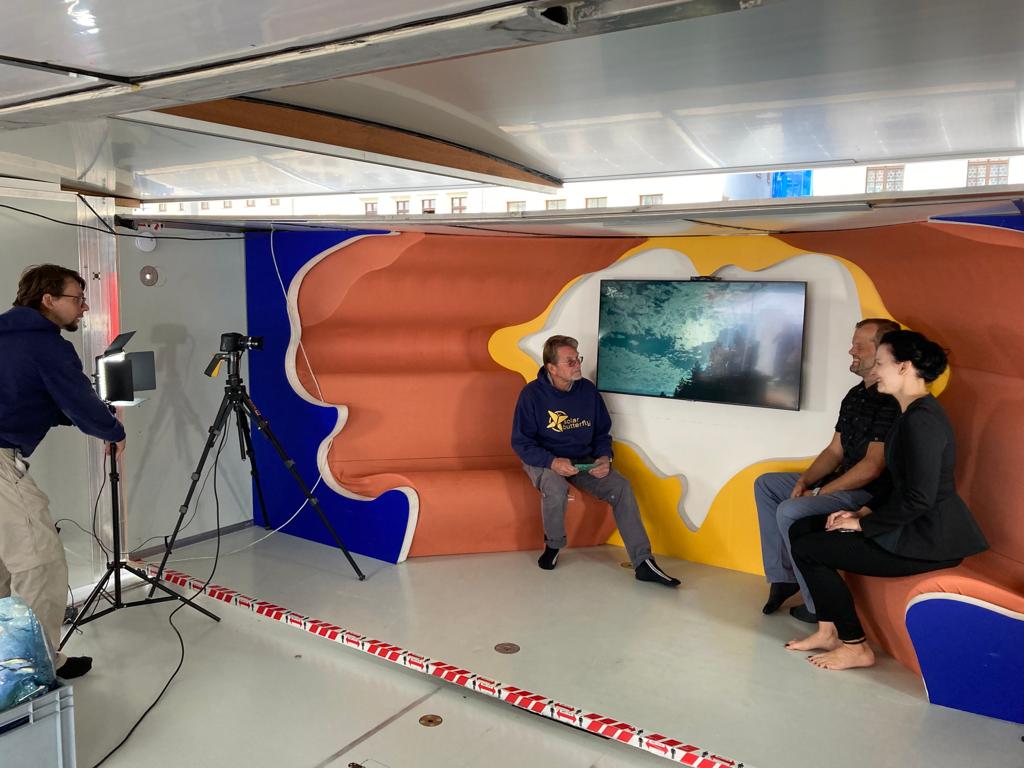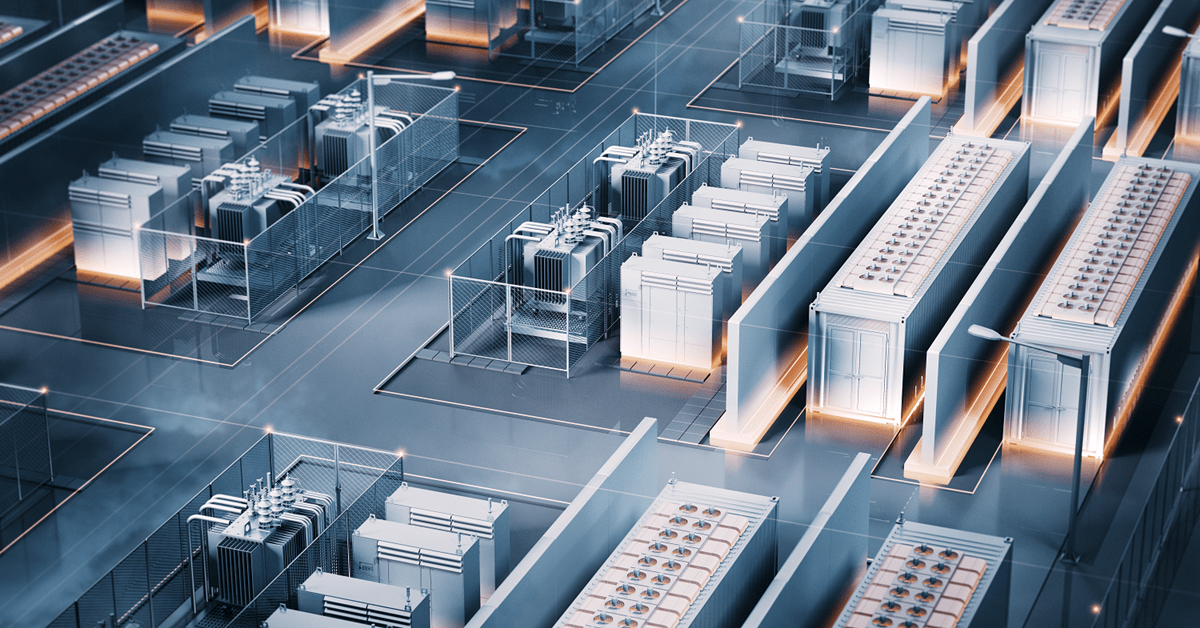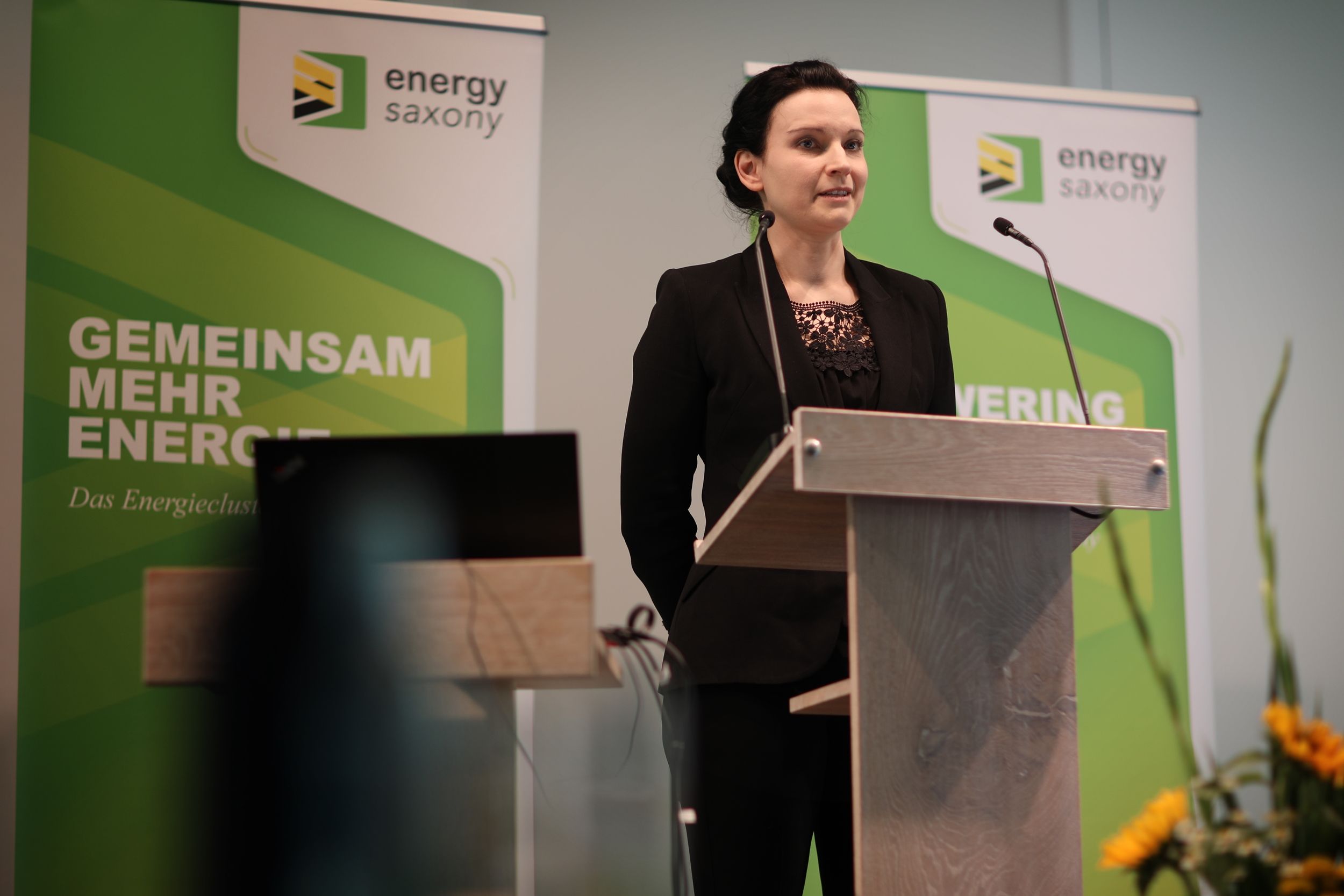Interview with Dr. Mareike Partsch from the Fraunhofer Institute for Ceramic Technologies and Systems IKTS
“I take a positive view of the new battery regulation!” — After more than 20 years in battery and fuel cell development, Dr. Mareike Partsch, Head of the ‘Mobile Energy Storage Systems and Electrochemistry’ department at the Fraunhofer Institute for Ceramic Technologies and Systems IKTS, is definitely not fazed by the new European Battery Regulation. Quite the opposite! As a board member of Energy Saxony e.V., the battery expert recently helped organize a workshop to inform companies and initiate a discussion process on implementation. Her credo: “We want to bring the regulation to life.”
Dr. Partsch, why is the Battery Ordinance so important for companies in Saxony, Germany and Europe?
In the context of the energy transition in particular, we have seen a veritable triumph of batteries in recent years. But the growth in battery use also means that more raw materials are needed, that batteries have to be manufactured, and that we need solutions for defective batteries and for the end of life of batteries.
Lithium-ion batteries have many ingredients that are defined by the EU as “Critical Raw Materials”. In addition to lithium, these include cobalt, nickel and graphite. This means that the materials are a high priority — not just for the energy transition, but for European development. The problem is that these resources are only available to a very limited extent in Europe itself.
The Battery Ordinance defines important boundary conditions to ensure that we use raw materials used in batteries efficiently and reuse them as much as possible after recycling.
The regulation is valid in all EU states. Does it supplement or replace the German Battery Act?
Essential regulations are replaced but also supplemented by important points. One example: When the German Battery Act was passed, lithium-ion batteries still played a subordinate role. The law specifies relatively precisely how lead batteries should be recycled. However, for lithium-ion batteries, which at that time were classified as “other”, it only states that around 50 percent of the mass must be recycled. To do this, it is almost enough to remove the housing. The handling of lithium-ion batteries is now much more precisely regulated. Companies are not only obliged to recycle “critical raw materials”, but also to reuse them.
What has happened to these materials so far?
A large proportion of our battery waste has so far been shipped to Africa and Asia. This means that we have lost valuable raw materials. There are extensive studies that show what potential Europe really has and where our limits are. In addition, there is a rejection among our population of the exploitation of our own raw materials — as we are seeing in the Ore Mountains. If we want to remain active in a global context, we have to recycle.
What potential does NOVUM’s technology have in the context of implementing the new battery regulation?
Ensuring that batteries literally have a long, beautiful life is one of the most important steps towards the efficient use of critical raw materials. The AI-based technology for battery diagnostics and battery storage monitoring from NOVUM makes exactly that possible. However, the new battery regulation also deals with the battery passport and the collection of data on the condition of batteries also plays a decisive role here.
What does this mean for companies? Does the regulation give rise to immediate obligations or is it now a matter of decision-makers thinking about how to implement the regulation?
The implementation of the regulation is intended to be an iterative process. Our aim — also at Energy Saxony — is to ensure that as wide an audience of experts as possible takes part in the discussion: Are the objectives of the regulation realistic? And which solutions help with implementation? Of course, the best way to have this discussion is to know as much as possible about your own batteries.
Do you find that many companies see the regulation primarily as a challenge?
Yes, after all, it involves adjustments and costs. I advocate seeing the process from a positive perspective. By committing to recycling and reuse, we are not only making a significant joint contribution to environmental protection and combating our dependence on raw materials. A new market will emerge, which will create many opportunities for companies.
That sounds very promising! Ms. Partsch, as an expert in battery development, would you like to give us a brief outlook at the end? What topics are you currently particularly interested in at Fraunhofer IKTS?
Energy efficiency as well as resource efficiency in the areas of production, use and recycling of batteries and other components for the energy transition are major topics for us. We are also looking at how we can substitute lithium — for example, by using sodium as a charge carrier, which we have available in much larger quantities here in Europe. We are also conducting research into battery safety. Solid-state batteries, i.e. storage batteries with a solid electrolyte that burn less quickly and are safer, could play a decisive role in the future.



